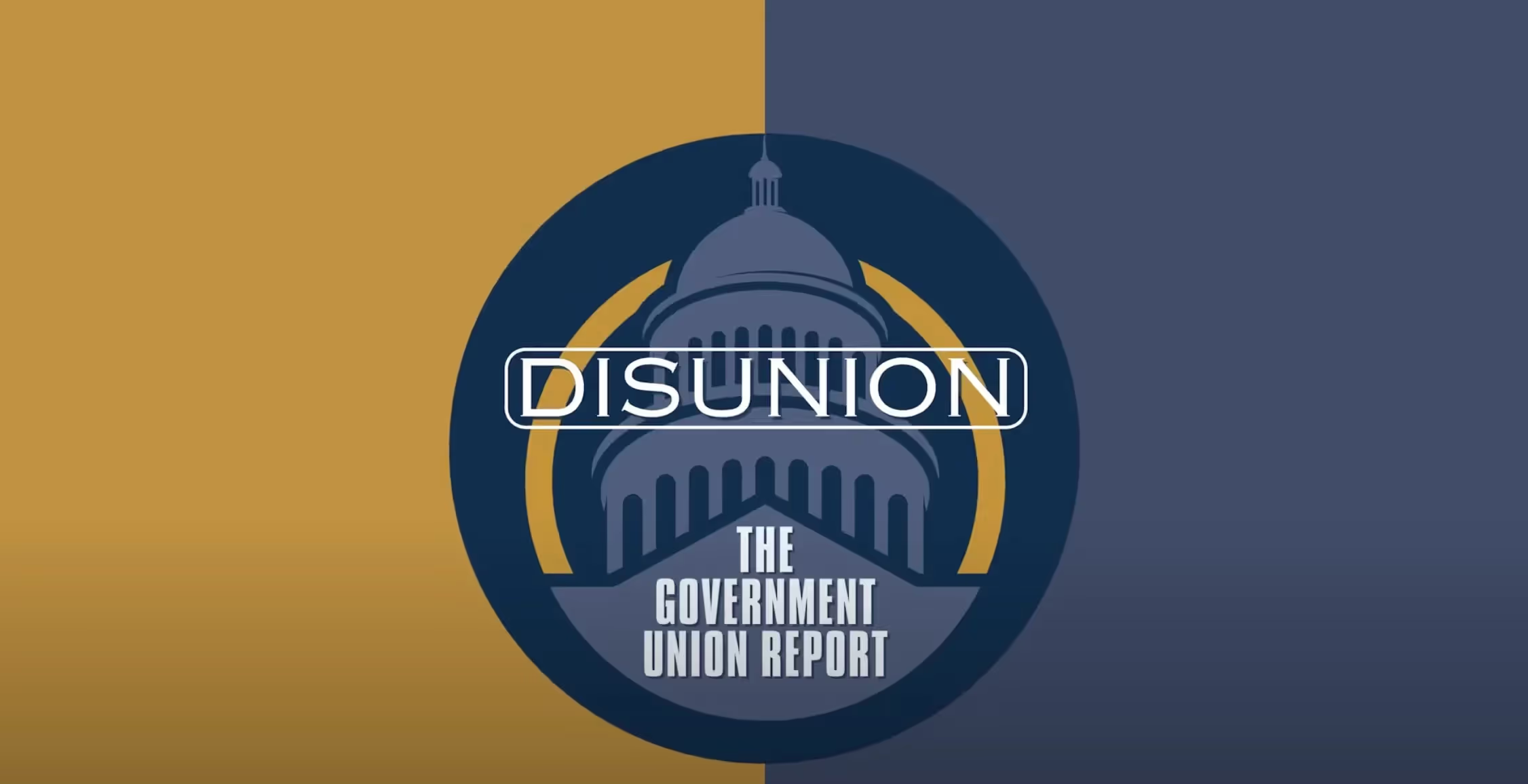
Fixing Inflation, Right-Sizing the Federal Government
Policymakers should push for inflation measurement improvements that will pay off in future fiscal policy decisions.
Thirty years ago next month, Federal Reserve Board Chairman Alan Greenspan testified before a joint session of the House and Senate Budget Committees with talk of deficit reduction in the air. In January 1995, Republicans had just won control of both houses for the first time in 42 years. The federal debt had reached 48 percent of gross domestic product (GDP)—a level not seen since 1958.
When the 119th Congress and the second presidency of Donald Trump begin next month, policymakers will face a much more daunting fiscal crisis. Federal debt for fiscal year 2025 is projected to exceed 100 percent of GDP for only the third time in history (the first two occurring during World War II). If no action is taken, debt will continue to grow from there into the future, reaching 166 percent of GDP by 2054. Extending the expiring provisions of the Tax Cut and Jobs Act will only exacerbate the problem. Finding ways to reduce deficits must be a priority for Congress. Toward that end, policymakers should take a page from the Greenspan playbook, embrace their inner nerd, and push for inflation measurement improvements that will pay off in fiscal policy ramifications down the road.
In multiple Congressional testimonies throughout early 1995, Greenspan suggested that one way to reduce future deficits would be to improve the Consumer Price Index (CPI). At the time, the CPI was used to update both annual benefit levels in various spending programs and annual tax code provisions. Because the index overstated the amount of inflation every year, automatic benefit increases were higher than necessary to keep up with the cost of living, more people became eligible for means-tested benefits than dictated by the change in the cost of living, and fewer people moved into higher tax brackets. All these effects increased deficits by raising spending or lowering revenue. Greenspan surmised, based on research by Federal Reserve Board economists, that CPI bias overstated inflation by 0.5 to 1.5 percentage points per year.
The Senate Finance Committee appointed a commission in June 1995 to consider the extent of CPI bias. The “Boskin Commission” released its final report in December 1996, concluding that the CPI overstated inflation by 1.1 percentage points per year. The attention brought to CPI bias during the Commission’s work and after led the Bureau of Labor Statistics (BLS) to implement a variety of methodological improvements, reducing CPI bias by perhaps 0.4 points per year. Moreover, BLS began a research series extending these and earlier improvements back to the 1970s, and it created a new series (the “chained CPI”) to supplement the CPI that shaved off perhaps another 0.2 points per year of bias.
The importance of these changes for federal policy can be seen in two ways. First, the Congressional Budget Office (CBO) estimated that CPI bias of one percent per year would cause $691 billion in additional debt over the ten years from 1996 to 2006. That amounted to 23 percent of the projected increase in federal debt held by the public over this period. Reducing CPI bias by 0.4 points probably amounted to roughly a 10 percent reduction in the growth of the national debt.
Moreover, since 2018, the Internal Revenue Service has used the chained CPI to update tax parameters each year, generating even more revenue than the improvements to the CPI, contributing to a smaller federal debt.
The second way that improvements in inflation measurement have been important for policy is more subtle. By altering our assessment of how the economy has served Americans, better measures have staved off calls for bigger government. Let’s assume the improvements to the CPI have reduced bias by 0.4 percent every year since 1998. Imagine that these improvements did not occur and that the Census Bureau continued using the CPI in its annual reports to adjust income trends for inflation. In that case, the Bureau’s estimates would have indicated that the typical family income in 2023 was barely higher than in 2000. (After adjusting for two breaks in the series between 2013 and 2014 and between 2017 and 2018, the 2023 median would have been $99,028, compared with $98,964 in 2000.) Instead, today’s Census Bureau figures, which use the research series and chained CPI, indicate the median is higher by almost $14,000.
Policymakers can imagine how different the new year would look if they were facing claims that the nation has endured “25 years of stagnation.” That those claims would be incorrect—the result of measurement problems—would hardly make a difference. The measures are, for all intents and purposes, reality. (Unfortunately, the Census Bureau publications featuring poverty trends continue to update poverty thresholds for inflation each year using the CPI. This has the effect of grossly understating our progress in reducing hardship over time.)
This alternate history, in which the national debt is much higher today even as Americans are convinced the country's economic engine is broken—all because of overstated inflation measures—isn’t just of retrospective interest. It represents our potential future if policymakers do not act. The CPI remains a biased measure of inflation, and it continues to be the basis for annual spending increases in the federal budget. Even the much-improved chained CPI overstates inflation.
In a new working paper, I describe in detail the biases plaguing our inflation measures. I summarize the literature on these biases and use it to estimate their magnitude. I then introduce a new inflation measure I call the “More Accurate Consumer Price Index,” or MACPI, which considers these biases. My figures imply that the CPI still overstates inflation by 0.7 percentage points per year, and the chained CPI is upwardly biased by 0.4 points.
The MACPI indicates that from 2000 to 2023, median family income rose not by $14,000 but by $21,500. That’s 55 percent more than what Census Bureau figures indicate. If President-elect Trump, Vice President-elect Vance, and Congress want their policies to be evaluated based on whether future voters are better off than in the past, it obviously matters that we measure inflation accurately moving forward.
Retrospective assessments are also important for policy debates. Populists have used the demonstrably flawed CPI—which layers all the old measurement biases onto current biases in the years before the Boskin Commission—to argue that the typical worker’s wages are barely higher today than in 1973. If true, that would fuel claims that “neoliberalism” and “late stage capitalism” have failed and that big government must step in to save middle-class families. But using the chained CPI and a similar price index for earlier years, I show in my paper that wages grew by 30 percent rather than 2 percent. Moreover, using the MACPI, the increase is 62 percent.
Similarly, other research shows that while the official poverty rate was about the same in 2020 as in 2000, using a price index resembling the chained CPI to set poverty thresholds, poverty fell by a percentage point. Using an index resembling the MACPI, the poverty rate declined by about 2.5 points.
And let’s not forget the most direct way a better price index would affect federal policy—it would significantly dent our debt problem. Today, tax parameters are updated using the chained CPI, but our major benefit programs still rely on the CPI. In addition to the CPI’s use in updating benefit amounts, a variety of means-tested programs base eligibility in part on comparing family income to a poverty threshold or guideline that is updated annually using the CPI. Since the CPI overstates the increase in the cost of living, each year, it becomes a more generous standard, qualifying more families for benefits than would be the case if the CPI were not biased. Using a better price index would produce further savings through this channel.
New CBO estimates indicate that switching to the chained CPI for mandatory federal spending programs (those that do not require annual authorization by Congress) would reduce deficits by $278 billion over the next ten years. Since our debt problem is so much worse than it was 30 years ago, that would amount to only one or two percent of the increase in the national debt, but every bit helps. An even better measure of inflation, like the MACPI, would perhaps double the savings.
Policymakers should prioritize several options in the next two years. First, just as the chained CPI is used to update tax policy parameters, it should be used instead of the CPI to update benefit amounts and eligibility requirements.
Second, Congress should create a new commission to examine the extent of bias remaining in the CPI and the chained CPI. This commission could review existing research but also spur new studies to more precisely quantify the remaining biases and assess the possibility of improving the CPI and chained CPI to reduce those biases. Just as the Boskin Commission led to improvements in the CPI, so too would this new commission.
The commission could also encourage the Census Bureau to publish its income and poverty trends using better alternatives than what the Bureau currently uses. This would produce a more accurate—and more impressive—picture of how material well-being has improved over time. Doing so would encourage researchers outside federal statistical agencies to follow the Census Bureau's lead and dispel some of the declensionist conventional wisdom that plagues policy and political debates today.
Policymakers would do well to fight the glaze over their eyes that talk of inflation measurement might induce to realize that some minor technical fixes will go some way toward the goal of an appropriately sized and sustainable federal government.
Scott Winship is a senior fellow and the director of the Center on Opportunity and Social Mobility at the American Enterprise Institute.
Economic Dynamism

The Causal Effect of News on Inflation Expectations
This paper studies the response of household inflation expectations to television news coverage of inflation.
.avif)
The Rise of Inflation Targeting
This paper discusses the interactions between politics and economic ideas leading to the adoption of inflation targeting in the United States.

Texas Stands on Commerce
Clear limits on shareholder resolutions have made Texas a model of business certainty — and business is flooding in.

America Needs Its Hidden Champions
From imaging systems to next-gen GPS, small and midsized manufacturers are quietly rebuilding America’s industrial and defense backbone.




.jpg)




.jpg)







